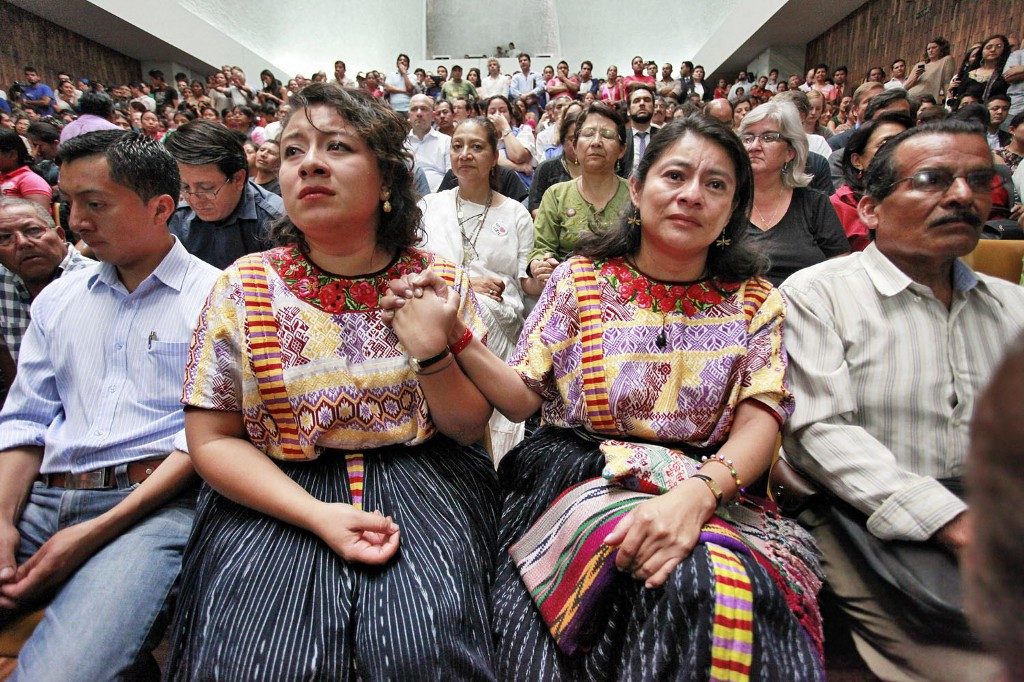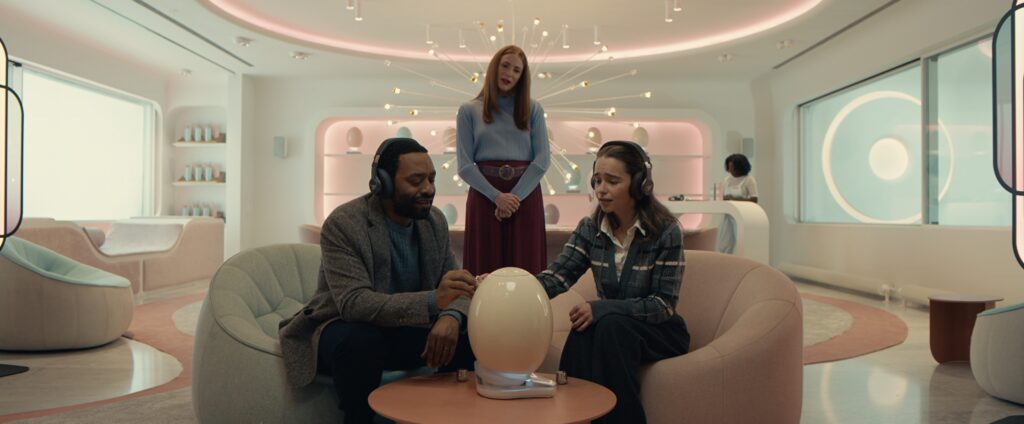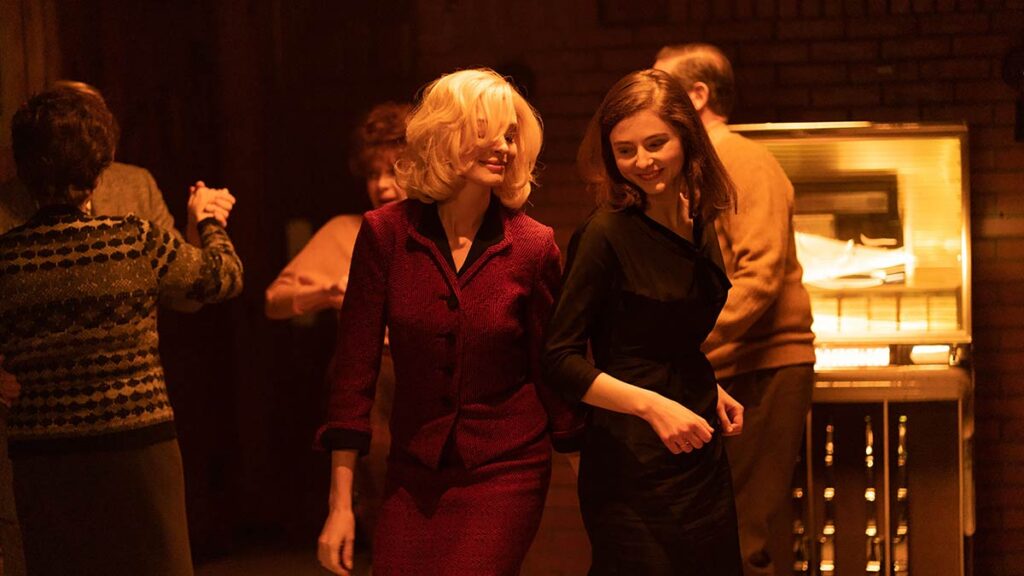Pamela Yates is a co-founder and current creative director of Skylight, a media company dedicated to creating feature length documentary films and digital media tools that advance awareness of human rights and the quest for justice. Her previous directing credits include “When the Mountains Tremble” and “State of Fear: The Truth About Terrorism.”
“500 Years” will premiere at the 2017 Sundance Film Festival on January 24.
W&H: Describe the film for us in your own words.
PY: From a historic genocide trial to the ousting of a president, “500 Years” tells a sweeping story of mounting resistance played out in Guatemala’s recent history through the actions and perspectives of the majority indigenous Mayan population, who now stand poised to re-imagine their society.
W&H: What drew you to this story?
PY: “500 Years” is the third in a trilogy of feature length documentaries I’ve been creating over the past 30+ years, which include “When the Mountains Tremble” and “Granito: How to Nail a Dictator.”
I’ve stayed committed to Guatemala, a country of beauty and pathos, and of courage and fear, with a majority indigenous Mayan population that survived the Spanish conquest and has resisted assimilation for 500 years.
“500 Years” continues where the saga of “Granito” ends, yet tells an entirely different story, and this time it’s from a Mayan perspective. All three films have premiered at the Sundance Film Festival.
W&H: What do you want people to think about when they are leaving the theater?
PY: I want people to be amazed and thrilled by the intelligence and perseverance of the Mayans to resist, organize, and create a better country. And also to consider how indigenous people throughout the Americas are leading the way to finding solutions for a truly sustainable planet by confronting climate change and extractive industries.
“500 Years” is a feel-good human rights film, and I want people to be inspired by the women and men they meet on screen. Courage is contagious, and I’m sure people will be empowered to resist when they leave the theater.
W&H: What was the biggest challenge in making the film?
PY: Keeping my cast, my crew, and myself safe. My photo was published in an insert in a leading Guatemalan newspaper with the caption, “Faces of Infamy.” I was repeatedly called an “enemy of the state” by the Guatemalan right wing, and a social media campaign threatened me, trying to intimidate me from making “500 Years.”
W&H: How did you get your film funded? Share some insights into how you got the film made.
PY: The film was funded chiefly from major foundations like the MacArthur Foundation, the Bertha Foundation, BRITDOC, Ford Foundation’s JustFilms, and others. It was also supported by Latino Public Broadcasting, part of the PBS National Minority Consortia.
What’s good is that with this method of funding, we don’t have to pay the money back, and that allows us to design a multi-year outreach and engagement campaign around “500 Years.”
By creating abundant social capital through the campaign, it creates a virtuous cycle with the foundations: They see real impact through powerful storytelling and want to continue supporting me, our films, and our outreach efforts.
W&H: What does it mean for you to have your film play at Sundance?
PY: It is key. I would not be the filmmaker I am today without having had the support of the Sundance Film Festival or the Sundance Institute over the years.
This is my eighth film to play Sundance, and so to see the way that the Sundance Institute has evolved to lift the entire independent film field into a preeminent place in American culture is thrilling.
I don’t go to Sundance hoping to make the big distribution deal. I go there to see my film with audiences for the first time, to be with the Skylight creative team, and the protagonists who worked to realize “500 Years,”and to think deeply together about the outreach and engagement and where to go from here.
I go to support my fellow documentary filmmakers at the festival and to learn. I see Sundance as a meeting of the tribe.
W&H: What’s the best and worst advice you’ve received?
PY: Tabitha Jackson, director of the Sundance Documentary Film Program, told me to come to the second half of the festival because that’s where the really interesting film and cinematic ideas burst forth, freed of the commercial pressures of the first half. She said it’s cheaper, easier to get into films, and lots more fun. She was right!
The worst advice was to go see the films that had the biggest buzz — they weren’t always the best films to see, and there are so many hidden gems among the out-of-competition sections. The shorts programs alone are a universe. I also like meeting the foreign filmmakers and making them feel welcome.
W&H: What advice do you have for other female directors?
PY: My advice is to go to Sundance even if you don’t have a film playing. Seek out funders or programmers, broadcasters or film festival directors, and watch films together. Talk about cinema, and talk about ideas: Don’t focus on the biz. It’s the best way to build relationships, and relationships are a two-way street that get you long-term support.
I like immersive cinema, so I always sit in the front row of the theater, especially at The Temple Theater, because there are no heads between me and the film, and I enter the story completely. I invite funders, programmers, and friends to come sit with me in my “Front Row Club.” They often do — and they always know where to find me.
W&H: Name your favorite woman-directed film and why.
PY: “Tempestad” by Tatiana Huezo. The film is the most beautiful, meditative, intimate, and cinematic conveying of the paralyzing power of fear, and specifically fear as a form of social control directed towards women.
“Tempestad” tells a parallel story of two women who confront violence in Mexico with dignity and humanity. This is a unique documentary film. Tatiana’s visionary storytelling expands the genre.
W&H: Have you seen opportunities for women filmmakers increase over the last year due to the increased attention paid to the issue? If someone asked you what you thought needed to be done to get women more opportunities to direct, what would be your answer?
PY: Yes, but we have so much more work to do — and let’s talk about all women, including women of color. I am confident that emerging women filmmakers will take the reins and make bigger and better demands and get further faster. They impress me.
We need to help each other more and do it better. We need to know when to be diplomatic and when to be fiery. We need to be strategic about building alliances and finding woke men. And we need to hold people’s feet to the fire — for example, only agree to talk on panels where there are other women and people of color.
Always question, “Why not?” And let’s educate ourselves on the rich history of women in film — get to know each other’s films — so we can speak out authoritatively to convince of the need to create more opportunities.







